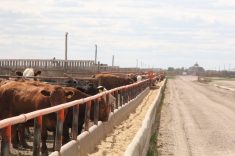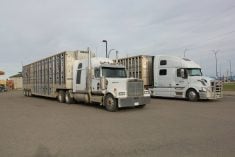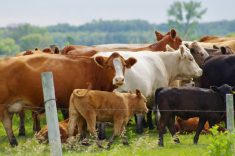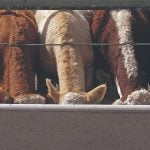Legendary forage breeder Dr. Bruce Coulman will be formally inducted into Saskatchewan’s Agricultural Hall of Fame this month. His first research job was with McGill University, whose forage breeding program had collapsed. With no breeding lines to start with, it took Coulman 17 years to develop his first new variety from scratch. He went on to develop 24 new forage varieties throughout his career before retiring from the University of Saskatchewan. This means he averaged zero new varieties per year for the first 17 years, then one new variety per year from then on.
Forage breeding has an incredibly long runway, so it’s important not to lose momentum. When Coulman was nearing retirement, the beef and forage industries wanted to make sure his forage breeding program wasn’t abandoned. The Saskatchewan Cattlemen’s Association, Saskatchewan’s forage sector, the BCRC, the provincial government’s Agriculture Development Fund and the university worked together to ensure that his position was refilled.
A great candidate was in the wings. Dr. Bill Biligetu had been Coulman’s graduate student, so he had learned his forage breeding skills from one of the best. But Biligetu didn’t grow up on a Canadian cattle or forage operation. He grew up in Mongolia. That made him a natural fit for the inaugural class of the BCRC’s Beef Researcher Mentorship program, which is designed to pair new forage, cattle and beef researchers with Canadian beef producers and industry mentors, familiarize them with how Canada’s industry works, what producers need, how to communicate on a producer level, and how to connect their research interests with industry priorities. Biligetu’s mentor was Aaron Ivey of Ituna, Sask. He has gone on to develop a very successful research and extension program in his own right. More on that later.
Read Also
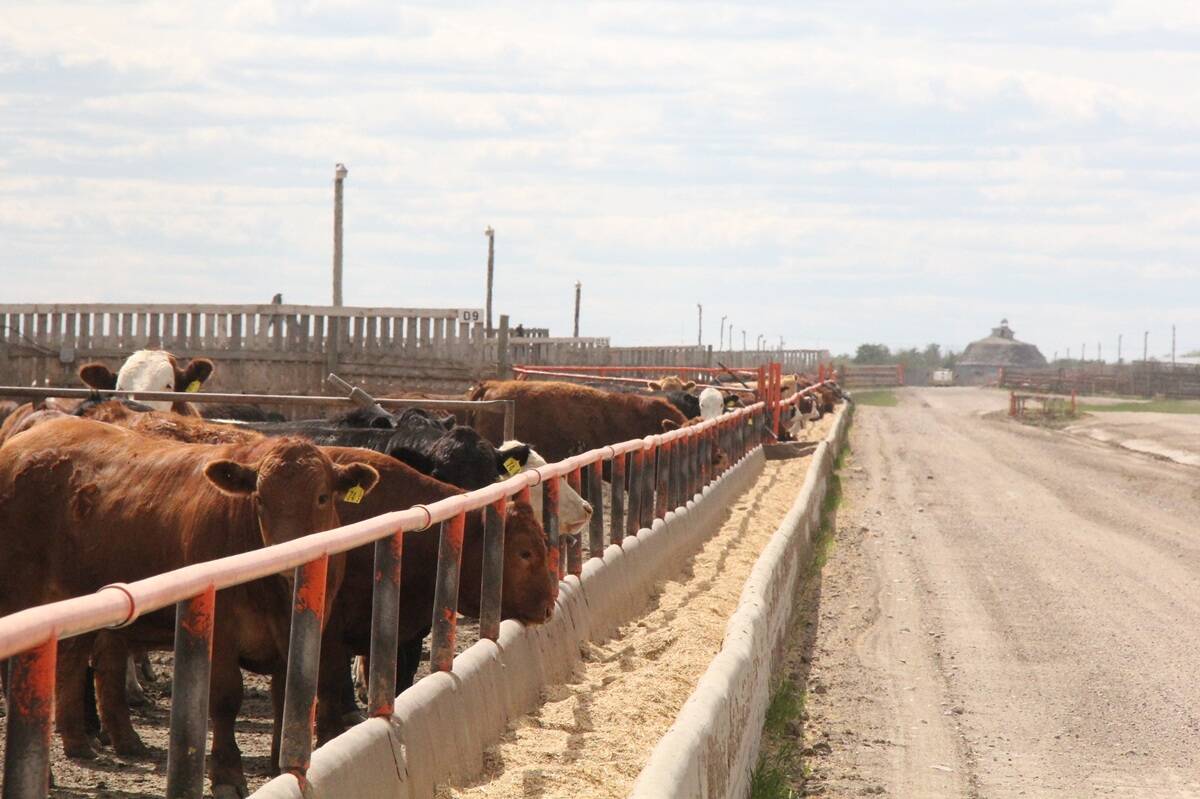
Unwinding the fibre in feedlot cattle diets
Research into how barley rolling method and undigestible NDF levels affect animal performance and digestive health in finishing diets
New researchers such as Biligetu also bring their own valuable skills, experiences and perspectives to the table. Look at a map of the world and put one finger from each hand wherever you’re raising cattle in Canada. Move one finger straight east (or west). Eventually, your finger will get to Mongolia, where Biligetu grew up. Mongolia is an enormous place at virtually the same latitude as Canada’s cattle country. The Mongolian steppe has a very similar topography to the plains and foothills of Western Canada. Mongolia’s climate is very similar and closely related forage plants grow in both Mongolia and the Canadian Prairies. Most of Mongolia is still pastureland, and it has an incredibly long history with a rich livestock and grazing culture. In fact, Biligetu grew up on horseback in a family of nomadic herders. His family still raises livestock back home, and they’re never sure whether the pictures he sends were taken in Mongolia or Maple Creek — both places look very alike. When Biligetu came to the University of Saskatchewan, he didn’t just bring academic qualifications. He also brought his deep understanding of forage, soil, livestock and grazing management, and their value to producers. He’s hit the ground running, and industry has supported his forage research and breeding program. Here are some recent highlights.
What he’s done so far: Here are some of the varieties that Biligetu’s team has released:
CDC Tiznow is the first variety of timothy grass released in Western Canada. Timothy is a relatively minor crop in Western Canada but works well in areas prone to spring flooding. Tiznow was the highest-yielding timothy variety in recent field trials in Quebec and is available from Nutrien Ag Solutions.
CDC Torsion meadow brome was released in 2020 and licensed to BrettYoung. It was selected for higher yields and faster regrowth and has outyielded Fleet, particularly in the dark brown and black soil zones.
AAC Torque hybrid bromegrass was jointly released by Biligetu and Coulman in 2018. Hybrid bromes combine meadow brome’s superior yields and regrowth with smooth brome’s superior digestibility. AAC Torque has higher yields than either of its predecessors (AC Success and AC Knowles) and is available from BrettYoung.
CDC Salt King is an extremely salt-tolerant hybrid wheatgrass that combines bluebunch wheatgrass’s height and leafiness with the high nutritional value and salt tolerance of quackgrass (while toning down its aggressive spread). It will be available from Nutrien Ag Solutions and has good forage quality, better ergot resistance and yields better than AC Saltlander. CDC Salt King seed is being multiplied at downy-brome free sites in northern Saskatchewan and should be available for sale in a few years.
What does this mean to you? The Canadian Beef-Cattle Check-Off you pay helps industry groups such as the BCRC ensure that key research programs continue and that new talent is hired and mentored by producers like yourself to do research that supports your long-term productivity and profitability.
Bottom line: Starting from scratch, it took Coulman 17 years to release his first forage variety. By continuing the University of Saskatchewan’s forage breeding program, Biligetu’s been able to continue Coulman’s legacy and put out five improved varieties (including a forage barley) in less than 10 years.
The Beef Cattle Research Council is a not-for-profit industry organization funded by the Canadian Beef Cattle Check-Off. The BCRC partners with Agriculture and Agri-Food Canada, provincial beef industry groups and governments to advance research and technology transfer supporting the Canadian beef industry’s vision to be recognized as a preferred supplier of healthy, high-quality beef, cattle and genetics. Learn more about the BCRC at www.beefresearch.ca.




